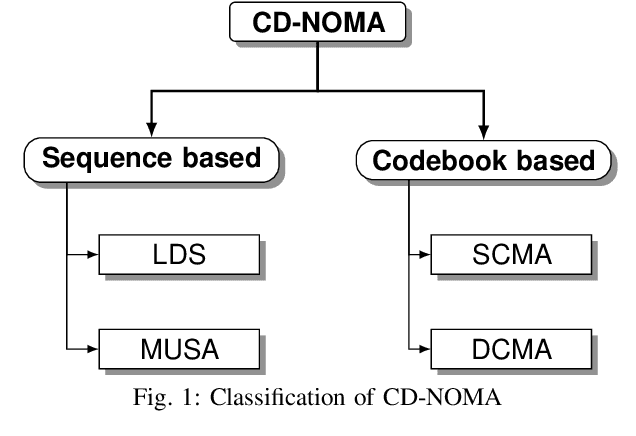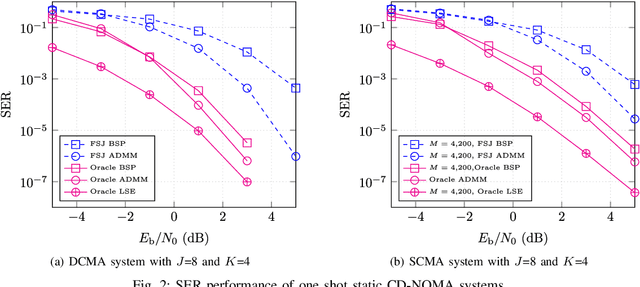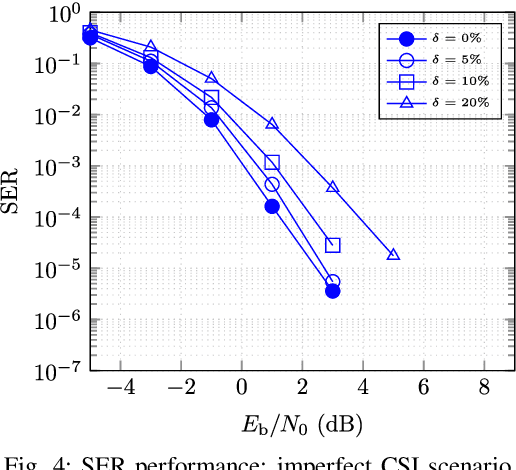Prior Information-Aided ADMM for Multi-User Detection in Codebook-Based Grant-Free NOMA: Dynamic Scenarios
Paper and Code
Oct 22, 2024



Code-domain non-orthogonal multiple access (CD-NOMA) systems offer key benefits such as high spectral efficiency, low latency, high reliability, and massive connectivity. NOMA's ability to handle overloading allows multiple devices to share a single resource element (RE) for data transmission. In CD-NOMA, different users are assigned distinct codewords, which are leveraged during multi-user detection (MUD). Codebook-based NOMA systems outperform spread-sequence (SS)-based NOMA due to the coding gains provided by the codebooks. Sparse code multiple access (SCMA) and dense code multiple access (DCMA) are two prominent examples of such systems. Additionally, NOMA is seen as a crucial technology for enabling grant-free access, especially in massive machine-type communications (mMTC). One of the main challenges in deploying grant-free NOMA systems is accurately detecting both user activity and transmitted data, particularly when user activity fluctuates dynamically across the transmission frame. This paper introduces codebook-based grant-free NOMA systems modeled using a block sparsity signal structure. The joint activity and data detection (JADD) problem in these systems is formulated as group LASSO and sparse group LASSO block compressive sensing (BCS) problems. To address these, a robust prior information-aided alternating direction method of multipliers (ADMM) algorithm is proposed. Extensive numerical experiments and theoretical analysis show the efficiency of the proposed algorithm, making it a suitable solution for mMTC networks.
 Add to Chrome
Add to Chrome Add to Firefox
Add to Firefox Add to Edge
Add to Edge